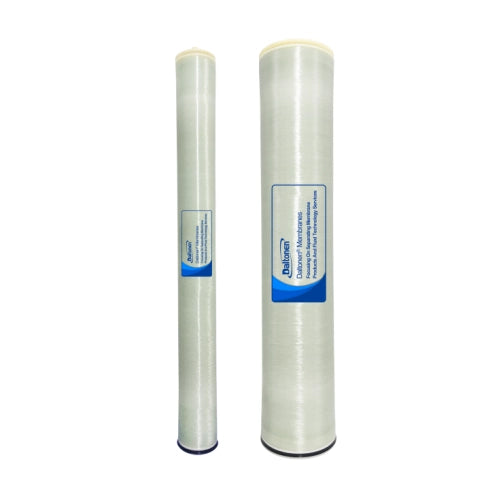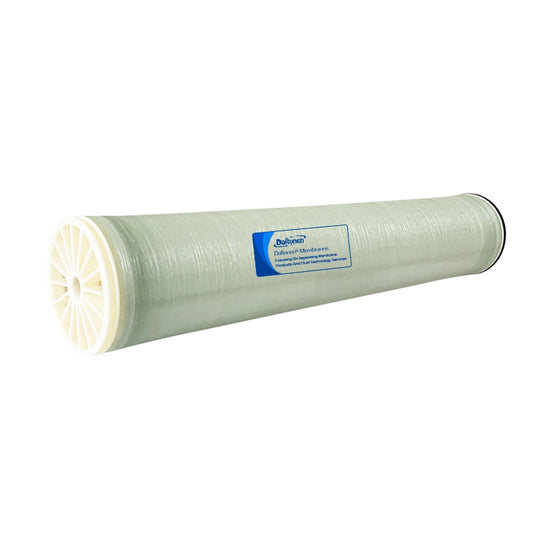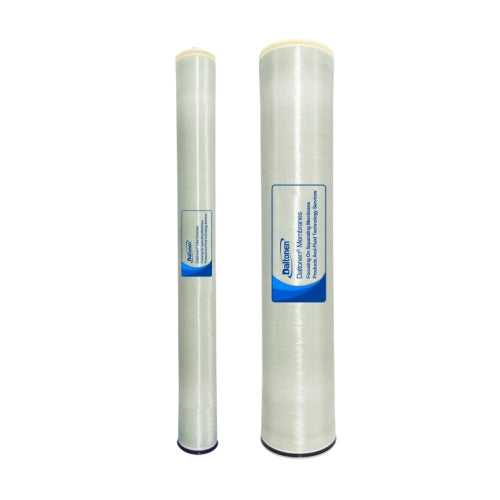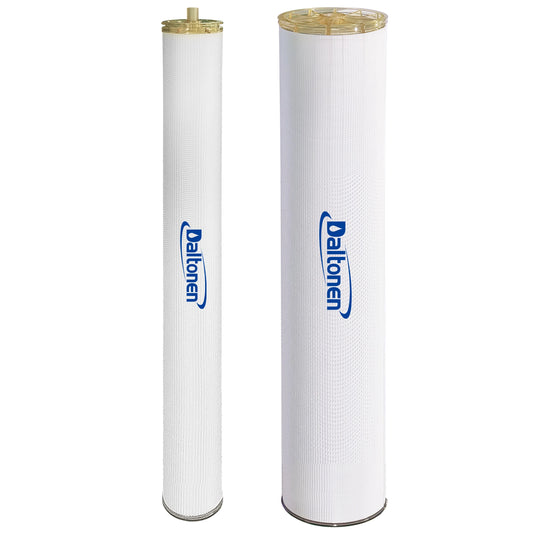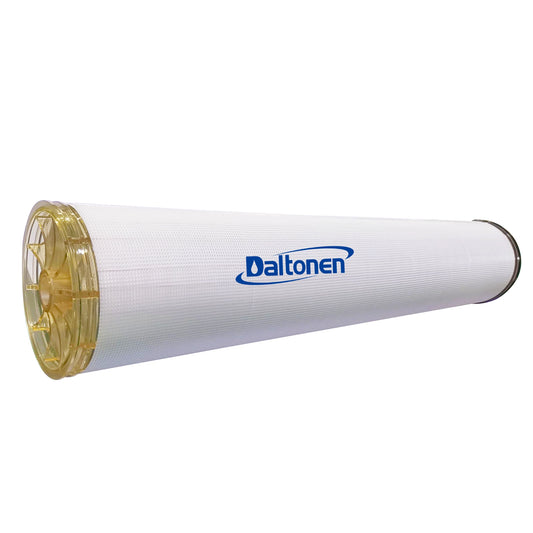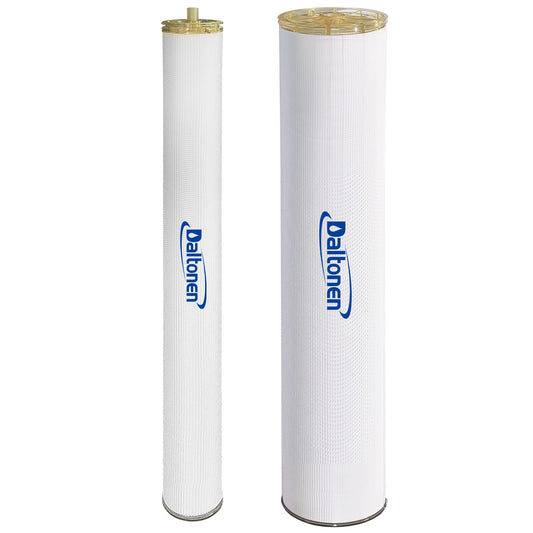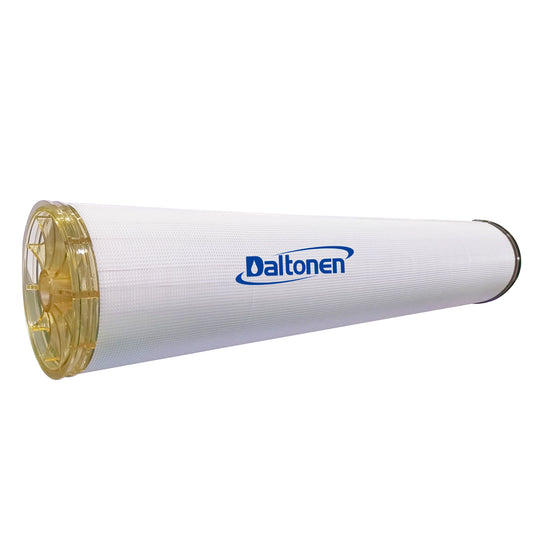How to Avoid Biofilm Barriers in Membrane Shells in the Biotechnology Industry
03 Jul 2025
In the biotechnology industry, effectively preventing the formation of biofilm barriers in membrane shells is a crucial task, as these barriers can lead to decreased membrane separation efficiency, increased cleaning frequency and costs, and even affect product quality. The following are technical measures, preventive strategies, and practical experiences within the industry summarized based on research findings:
Technical Measures
-
Surface Modification Technology
-
Altering the physical and chemical structure of materials, such as adding anti-adhesive molecules or antimicrobial agents, to reduce microbial adhesion to the membrane surface.
-
Utilizing biosurfactants, which have diverse properties. Many bacterial molecules have been studied, including exopolysaccharides.
-
-
Regular Cleaning and Disinfection
-
Implementing effective cleaning processes, such as using specific chemical agents (e.g., peracetic acid, hydrogen peroxide, and chlorinated isocyanurates) for regular disinfection to reduce the accumulation of organic matter and prevent biofilm formation.
-
-
Use of Anti-Biofilm Agents
-
Including quorum sensing inhibitors, exopolysaccharide matrix-degrading enzymes, and surfactants. These substances can interfere with bacterial signaling, thereby inhibiting biofilm formation.
-
-
Physical Methods
-
Such as ultrasonic cleaning and mechanical scraping, which can directly remove biofilms that have already formed.
-
-
Chemical Methods
-
Using specific chemical agents, such as chlorine and ozone, which can penetrate biofilms and kill the microorganisms within.
-
-
Biological Methods
-
Employing specific microorganisms or enzymes for treatment, for example, using bacteriophages to specifically attack and destroy bacteria in biofilms.

-
Preventive Strategies
-
Source Control
-
Strictly controlling the discharge of pollutants to reduce the material basis for biofilm formation.
-
-
Risk Assessment
-
Regularly inspecting and evaluating the risk of biofilm formation to identify and address potential issues in a timely manner.
-
-
Monitoring and Early Warning
-
Establishing monitoring systems to continuously monitor the formation and spread of biofilms and provide timely warnings.
-
-
Technology Application
-
Adopting advanced biofilm control technologies, such as physical, chemical, and biological methods, to effectively inhibit biofilm growth.
-
-
Management Measures
-
Strengthening management by formulating and implementing strict biofilm control policies and standards to ensure the implementation of all measures.
-
Practical Experience within the Industry
-
Technical Barriers
-
Biofilm technology involves multidisciplinary fields such as materials science, separation engineering, process technology, environmental science, and automatic control technology.
-
Mastery of key technologies such as the preparation of ceramic membrane materials, development of membrane components and complete equipment, and application process design of membrane separation technology is required.
-
-
Market Barriers
-
Downstream customers have high requirements for the applicability, safety, reliability, and stability of membrane integrated technology solutions.
-
Project operation experience and successful cases are key factors for customers when choosing suppliers.
-
-
Talent Barriers
-
A need for interdisciplinary professional knowledge and long-term practical experience.
-
Quality control and mass production are challenging, presenting high technical barriers for new entrants to the industry.
-
-
Application Fields
-
Mainly applied in biotechnology and pharmaceuticals, chemical industry, food and beverage, and other sectors.
-
Widely used in process separation and special water treatment fields.
-
-
Market Prospects
-
With the growth of market demand, the ceramic membrane market size is continuously expanding.
-
Expected to continue growing in the coming years.

-
Case Analysis
-
Control of Excessive Microbial Growth in Biological Filters
-
A method for controlling excessive microbial growth or removing aged biofilms in biological filters includes shutting off the exhaust gas source when the treatment efficiency of the biological filter drops below 80%. Air with a relative humidity of less than 3%, after being treated by ultraviolet light photolysis, is then introduced into the biological filter for processing.
-
This method utilizes the in situ generation of ozone through UV photolysis to remove aged biofilms or control excessive microbial growth, overcoming the drawbacks of traditional methods.
-
-
Preventive Strategies for Biofilm Formation
-
Strategies to prevent biofilm formation include the use of nano-antibiotics, development of new antifungal drugs, strengthening the domestic production of medical devices and materials, enhancing the supply of medical resources, and reinforcing the reserve of immune and oral medications.
-
For example, the gallium/lysozyme-integrated antibiotic (MLPGa) uses ultrasonic oscillation to load lysozyme onto porous silicon nanoparticles, followed by chelation with gallium ions to form an efficient antibiotic that can effectively degrade fungal cell walls and exopolysaccharides in biofilm matrices.
-
-
Methods for Biofilm Removal
-
Including chemical methods (using chemical agents such as peracetic acid, hydrogen peroxide, and chlorinated isocyanurates), physical methods (mechanical scraping, ultrasonic cleaning, etc.), biological methods (using specific microorganisms or enzymes for treatment), and combined methods.
-
For instance, dissolving powder-based compositions in water to produce peracetic acid at a concentration effective for biocidal action.
-
Through the comprehensive application of the above technical measures, preventive strategies, and practical experiences, the biotechnology industry can effectively avoid the formation of biofilm barriers in membrane shells, thereby ensuring the efficiency of the production process and product quality.
Tags:
